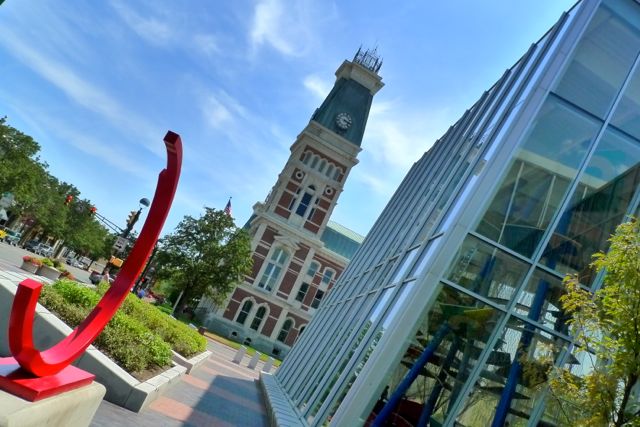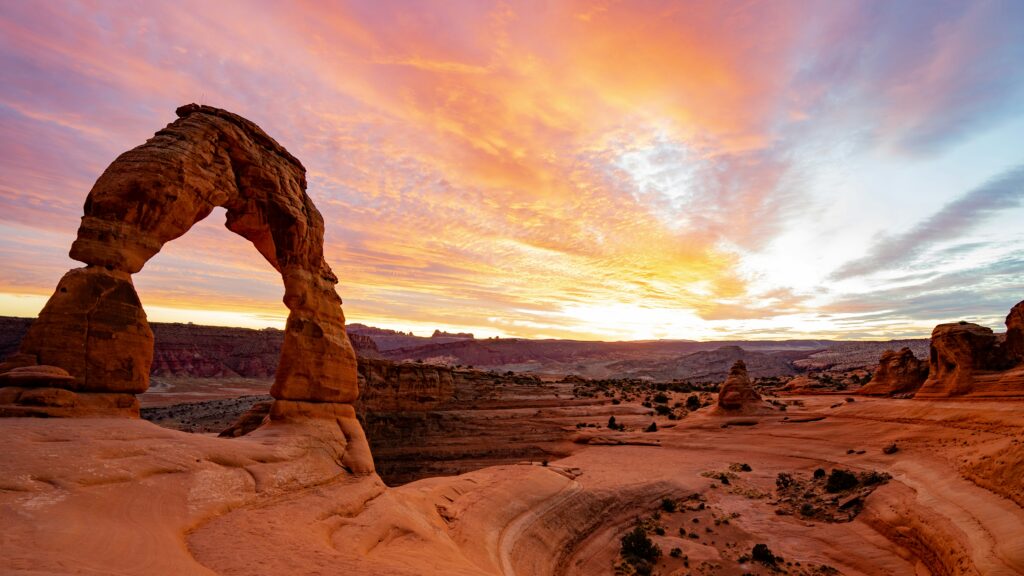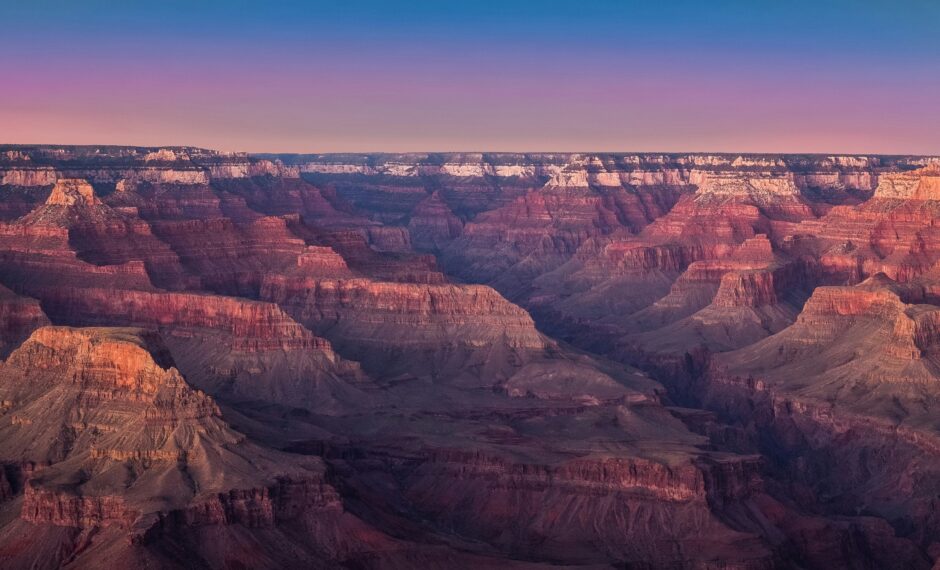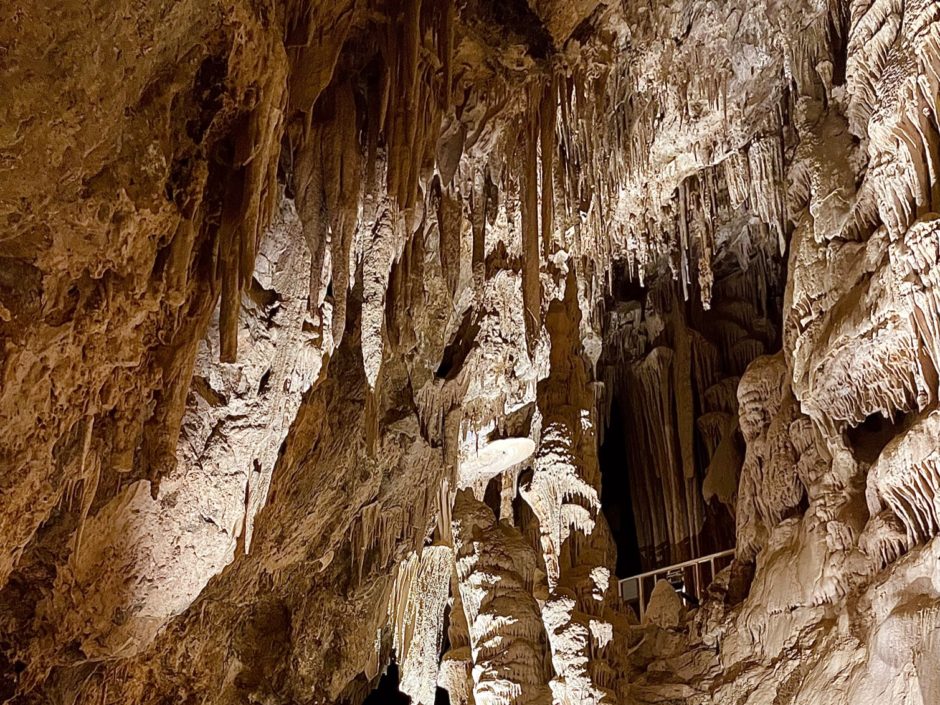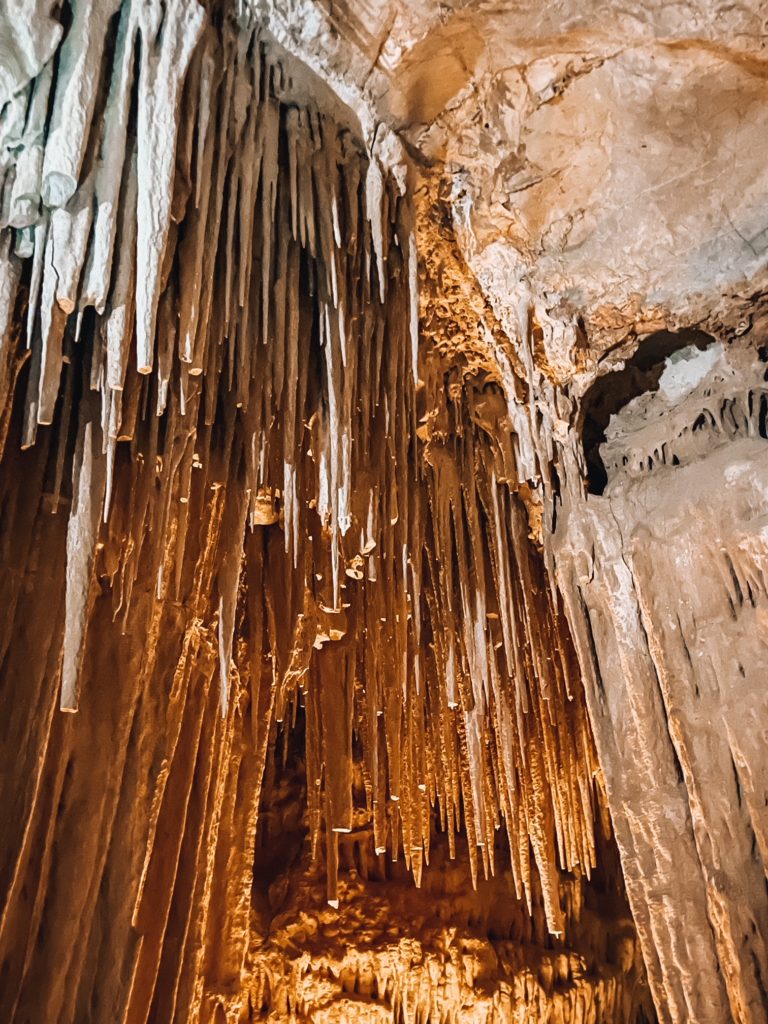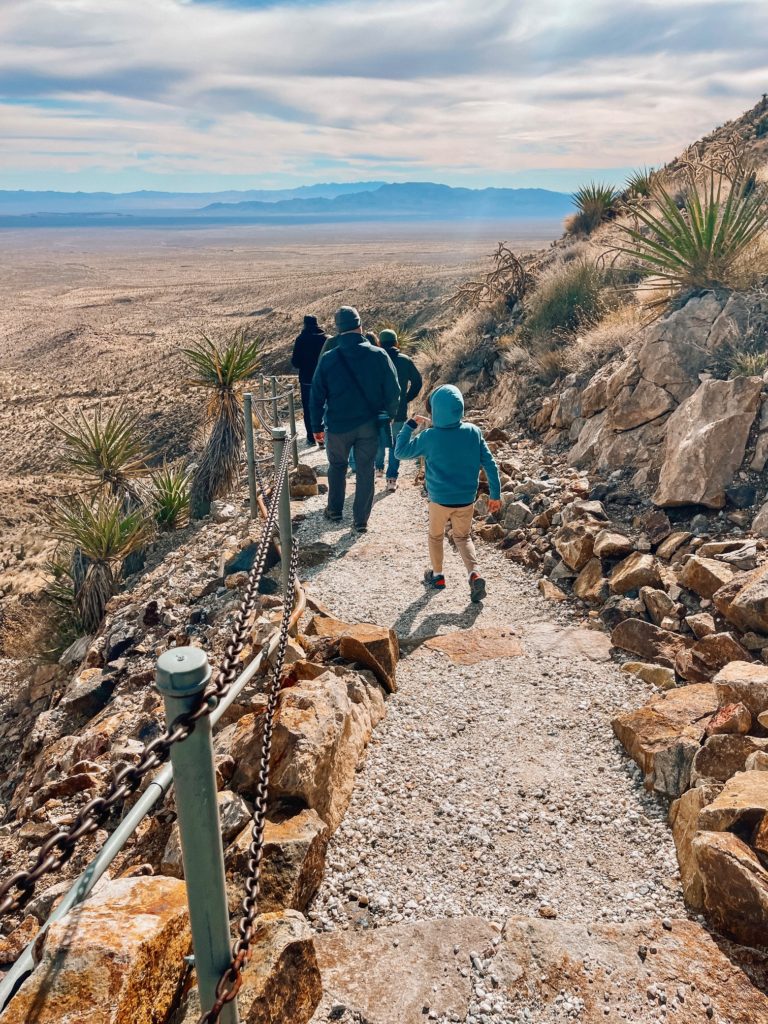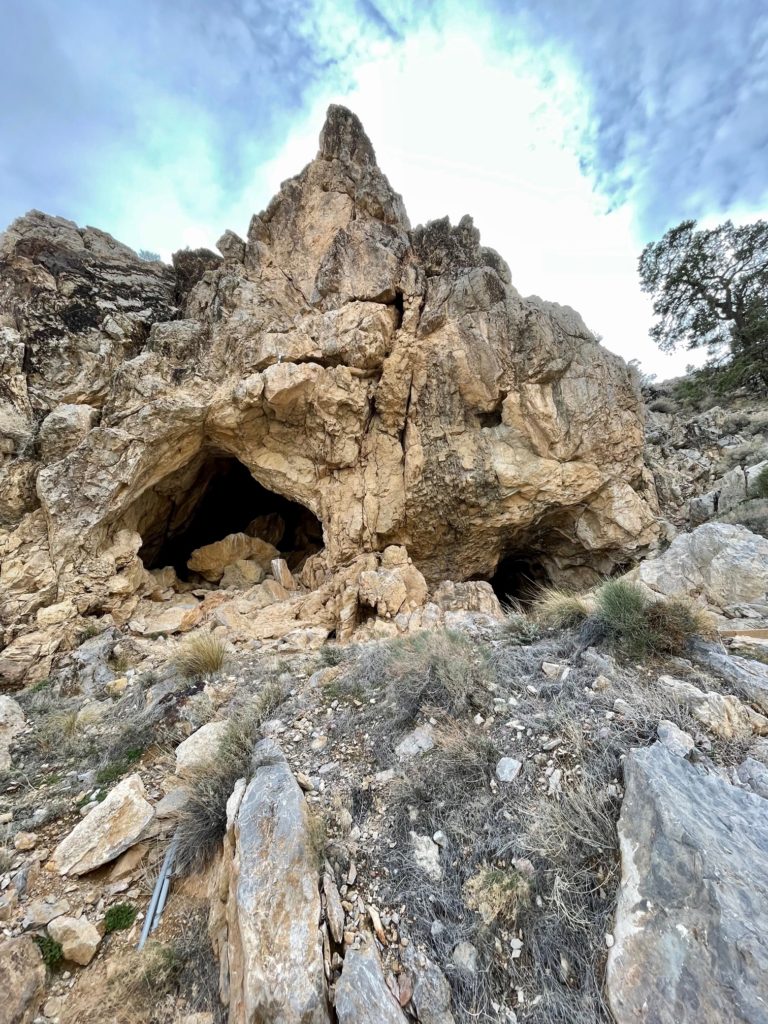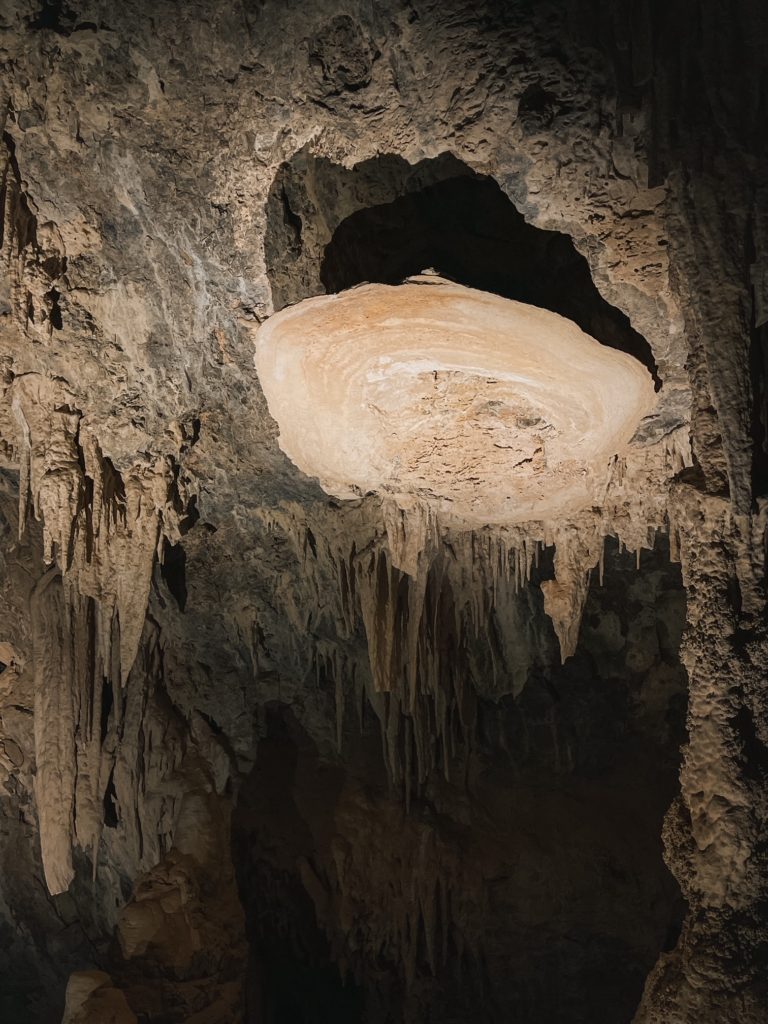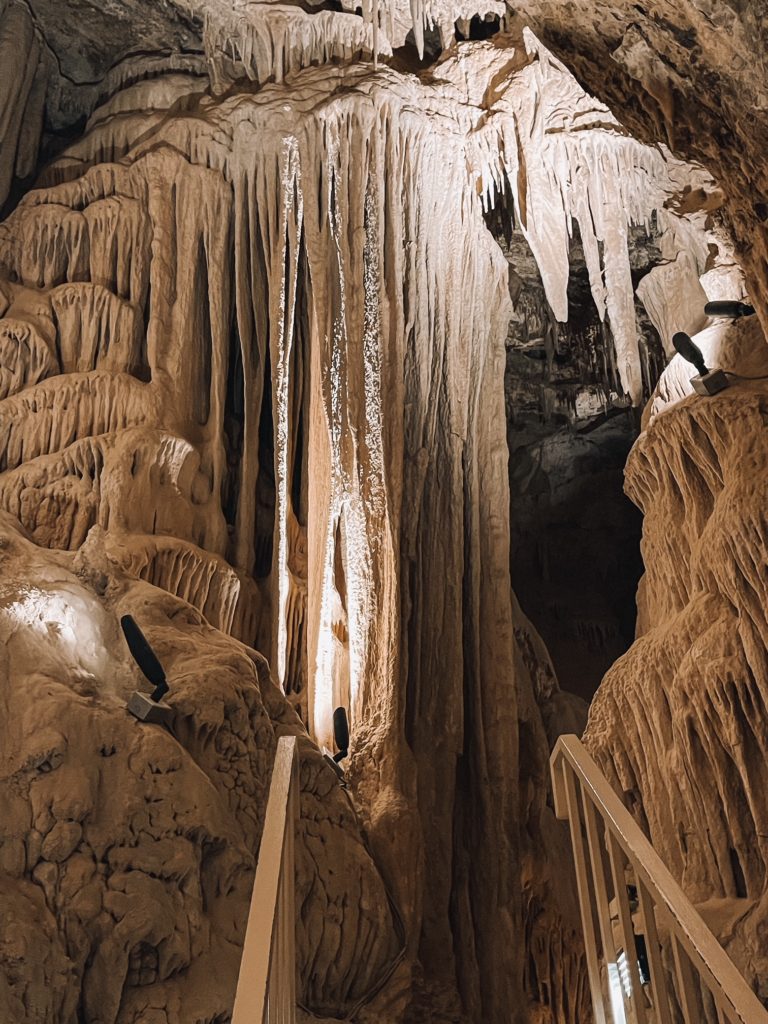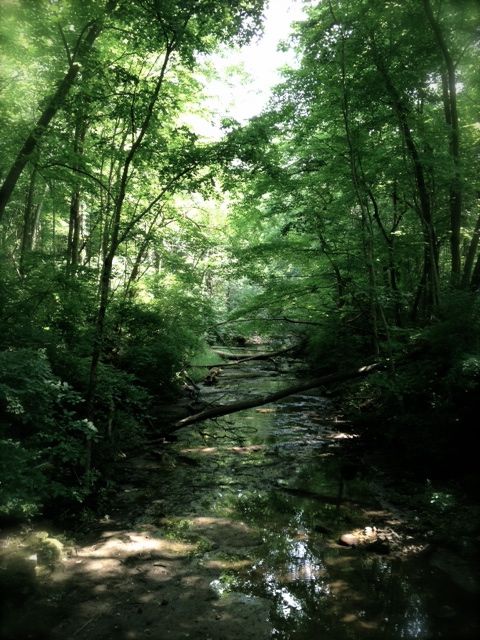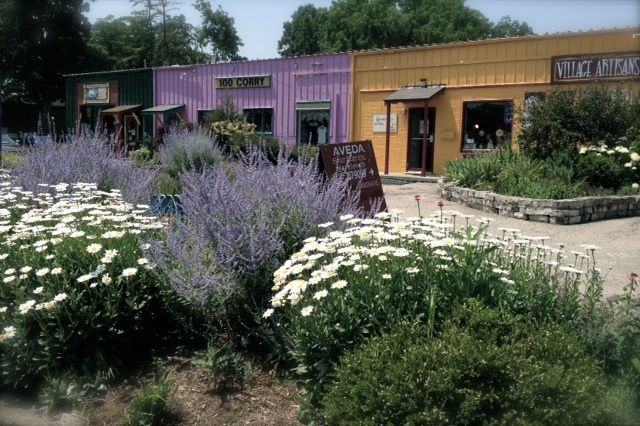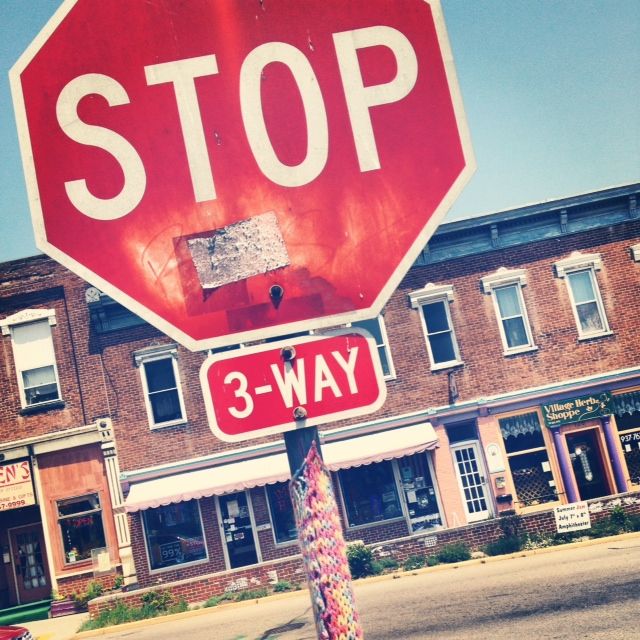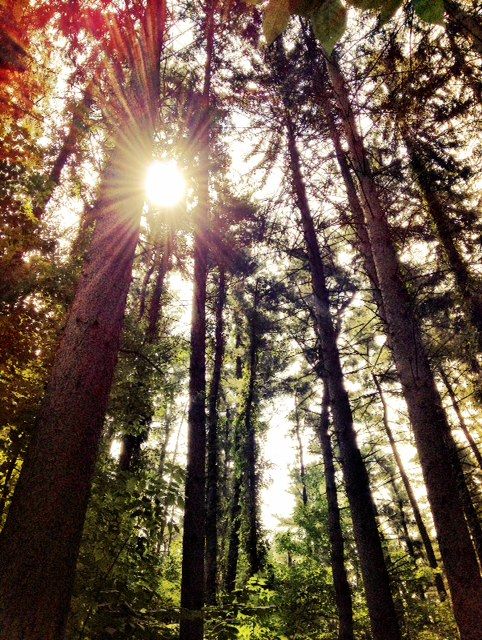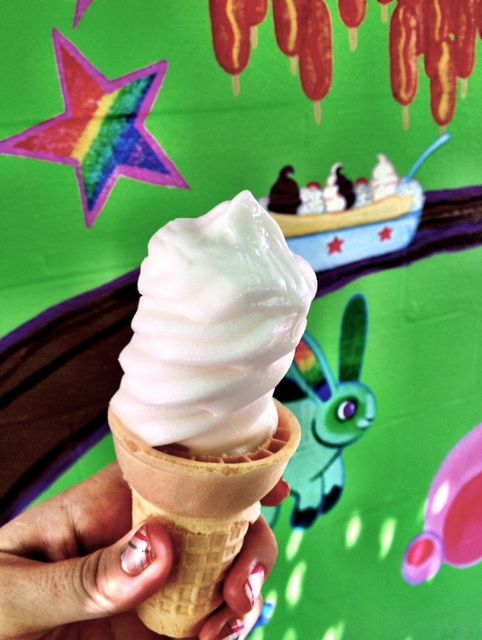I first heard about Columbus, Indiana from a boyfriend. He said it was the greatest non-city he’d ever seen — a rural town stocked with extraordinary architecture, fantastic public art and some very cool shops. However, that boyfriend also snacked on dried cuttlefish, had a pill-popping habit and stretched out my skirts by wearing them while I was at work. We really didn’t have all that much in common, other than that we both liked sleeping with men. When the relationship dropped off my radar, so did Columbus, Indiana.
That was years ago.
This summer, I traveled to Indianapolis with The Husband, a man who doesn’t eat any variety of dried fish or delve into my closet. Looking for fun things to do with him and my mother-in-law, I suddenly remembered Columbus and suggested a day trip.
“Why Columbus?” The Husband said. It was the same tone of voice someone might use to say, “Why eat deep-fried horse poop?”
Since he grew up in Indianapolis, sure, he’d heard of Columbus before. But he’d never actually gone there, and he certainly didn’t know it was supposed to be something remarkable.
I rattled off the facts about the place: Columbus has a population of just 44,000 but is ranked sixth in the nation by the American Institute of Architects for innovative building designs. Only Chicago, New York, San Francisco, Boston and Washington D.C. rank higher. “National Geographic Traveler” magazine ranked Columbus as number 11 on their list of 109 great historic destinations in the world. And it was less than one hour from where we were standing.
For our day trip, we didn’t create an itinerary, do any intense research or sign up for the official bus tour, though I’m sure it’s very nice. We simply hopped on the highway and drove straight to the Columbus Area Visitors Center, 506 Fifth St., located in downtown Columbus.
There we got a map, downloaded the Columbus tourism iPhone app and put the two together to create our own custom tour. First stop was the Large Arch by sculptor Henry Moore. It stands immediately in front of the Bartholomew County Library, designed by I.M. Pei, the same architect who created the glass pyramid in front of the Louvre.
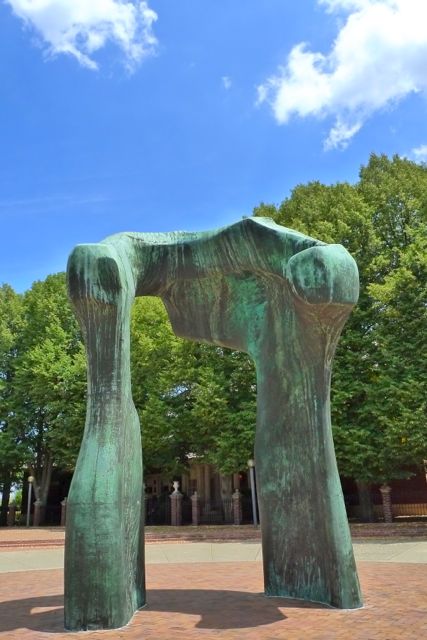
Across the street was First Christian Church, 531 Fifth St., a buff brick and limestone structure designed by Eliel Saarinen in 1942. The light hit it in the most perfect way.

The Bartholomew County Veterans Memorial, 200 Washington St., is one of the most effective memorials I’ve ever seen. Twenty-five limestone columns, rising 40 feet into the air, are engraved with the names of those who gave their lives — along with excerpts of selected correspondence.
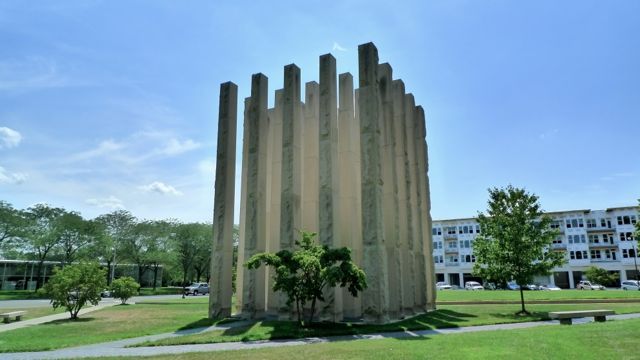
Walking through the pillars is a meditative, intimate experience.
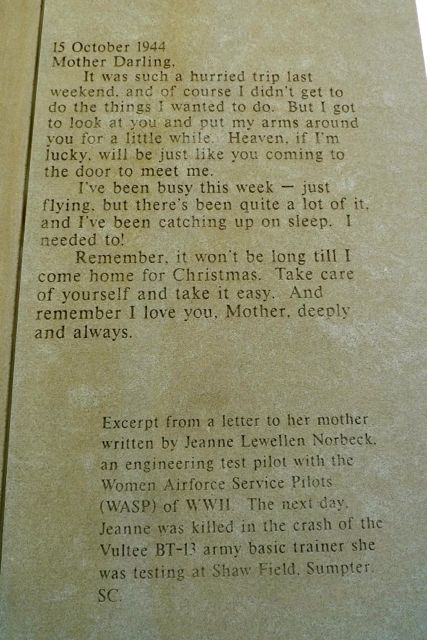
The Second Street Bridge, designed by J. Muller International, was completed in 1999 and is the first of its kind in North America.
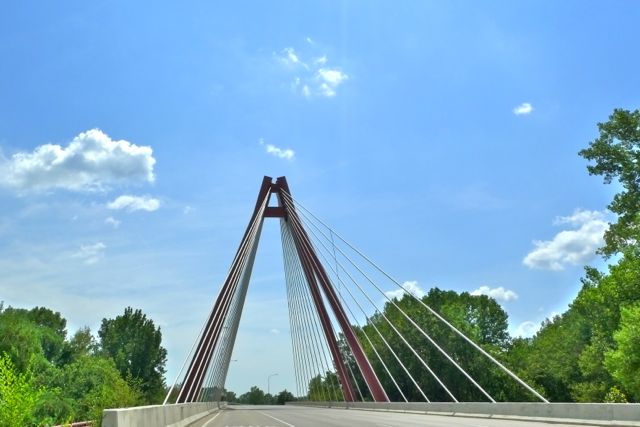
The local newspaper, The Republic, has this gorgeous office building at 333 Second St. It was designed by Myron Goldsmith of Skidmore, Owings & Merrill in 1971, specifically for the newspaper. I love the openness and transparency of the building — just perfect for an office of communications.
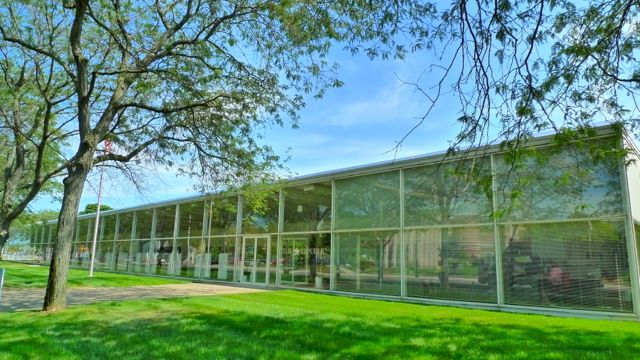
This whimsical door (photobombed by The Husband) was at the Children’s Museum, 309 Washington St.

Columbus City Hall, 123 Washington St., has cantilevered arms to frame the two-story, semi-circular window wall of glass.
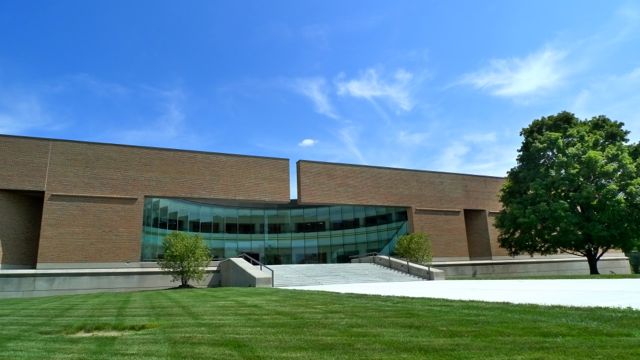
Even the Bartholomew County Jail, 543 Second St., is rather pretty. It fits right into the downtown structure and design.
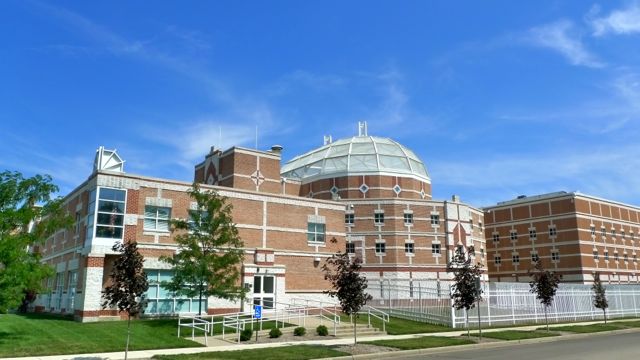
First Baptist Church, designed by Harry Weese and completed in 1965, is covered in hand-laid slate, drawing attention to the dramatic, non-dimensional bell tower. Located at 3300 Fairlawn Dr.
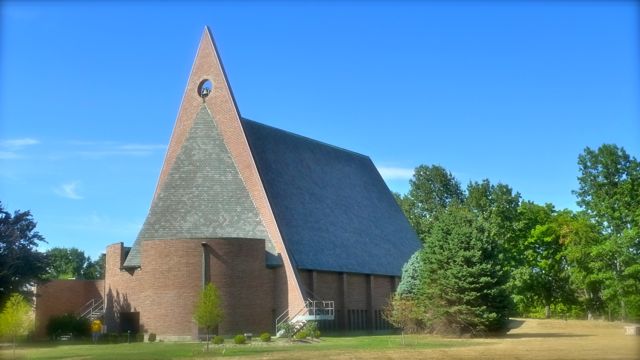
This minimalist showpiece is First Financial Bank, 707 Creekview Dr. “Dwell” magazine said, “It may be the most refined bank branch in the world.”
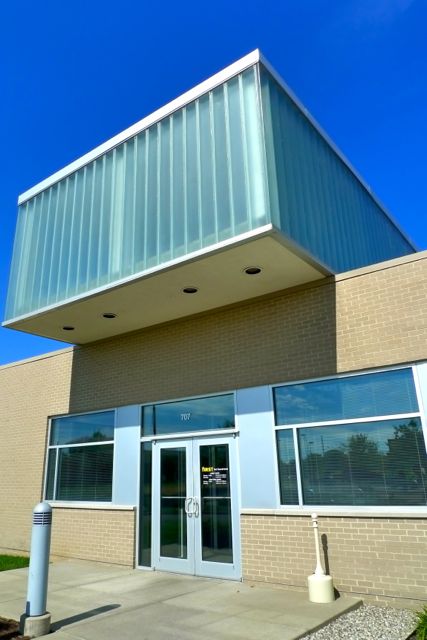
Another First Financial Bank, 2580 Eastbrook Plaza. Another Harry Weese design. This one isn’t really my style, but it does nicely blend with nearby bridges and businesses.
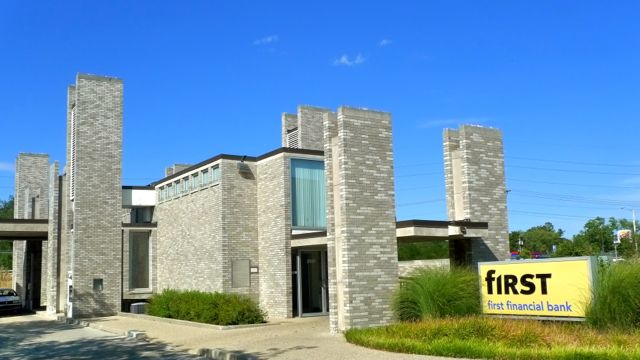
And this is my favorite thing of all — North Christian Church, 850 Tipton Lane. I’m told locals call it The Oil Can Church. Designed by Eero Saarinen and completed in 1964, this church has a six-sided building, a sloping roof and a slender 192-foot spire, topped by a teeny-tiny cross. If the Jetsons were regular churchgoers, they would probably go here.
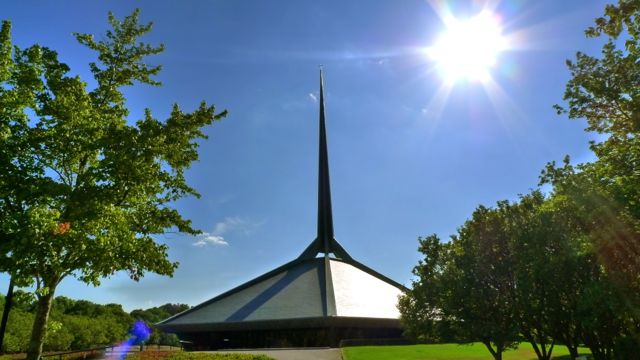
I absolutely fell head over heels for Columbus, and our day there was decidedly too short. I only saw about half the things I wanted to see. It actually made me regret not going there many years ago with the ex-boyfriend.
Though it was the architecture that drew me there, what hooked me went well beyond the bricks and buildings. Columbus just does so many things right, from plentiful, free wifi to chic bike racks all over town. It is a place that values creativity, art and originality, which is rare to find in many cities of any size, let along a small, Midwestern town.
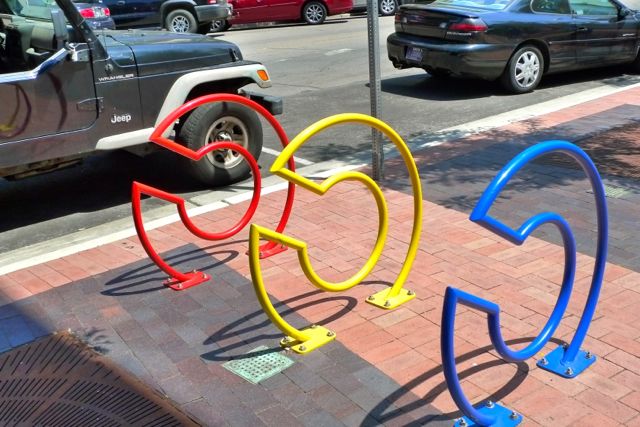
Columbus has a small-town, friendly feel with many modern touches. Somehow they’ve managed to respect the past while continually moving forward. I can’t wait to go back.
